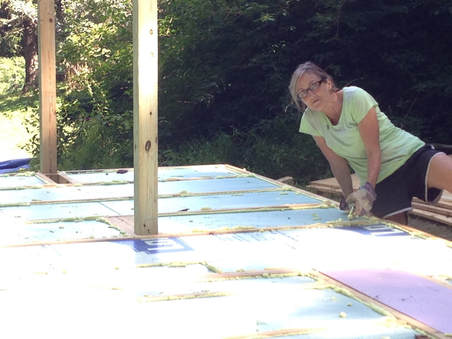
Floor insulation. The cold that seeps into the house comes up from the floor. We thought the few inches of rigid insulation we put between the floor joists was enough, but we probably should have doubled it. It would have been worth the additional $$. We're thinking we might add insulation underneath the trailer.
Skirting the trailer. We would also benefit from skirting around the trailer, to cut down on the wind running under the house and chilling our floors.
Water pipe insulation. A year ago we happily reported that we'd completed enough upgrades to our system to have flowing water all year, which is something you learn to be happy about when you don't have any running water your first winter. We were wrong. Though they didn't burst (yay!), our pipes froze in a couple places, temporarily cutting off our water supply. The hose from our friend's house to our water tanks should have been deeper in the ground, to get below the freeze line. (If it ever bursts, that's just what we'll do when we replace the hose.) The pipe that runs through the floor joist under our insulation needs heat tape and more insulation, so it won't freeze.
Cut-off valve. Adding a water cut-off inside the house means we can drain the pipe under the floor when we go into a deep freeze. Hopefully, this will keep the pipe from freezing until we get the chance to add heat tape and insulate it better.
Electric loads. We came home to a 36-degree house when the breaker popped while we were away. We had someone visiting and hadn't warned our guest about issues we've been having with the space heater, water heater and pump drawing power on the same line. If they all go on at the same time, they flip the breaker. We need to take a long look at what we have on each line, what we have on solar (we could move the refrigerator to solar, as it turns out) and how to better manage our electrical draw. (This is Bill's domain; if you have questions, let me know and I'll ask him!)
Wood. We're trying to get better about staying ahead on the log supply for the wood stove. When you need it, you need it—and a cold, winter night is not the time to be out in the dark splitting and sawing. We have one, big metal trashcan full of right-sized logs up in the garage now, and four small cans that sit outside the door on the deck, so we can grab more wood without going anywhere.
Backup bucket. We finally remembered to buy a spare 5-gallon plastic bucket, so that we don't have to walk up to the compost barrels in the middle of a snow storm or single-digit temps when the bucket in the toilet gets full. We can just snap a lid on the full bucket and leave it outside the door until a convenient time to bring it up the hill to the barrels.
Air exchanger. The past two winters, we've had to open windows (despite the prevailing temps) if the carbon monoxide alarm goes off, signalling the need for fresh air in the house. Now, with our exchanger, air is efficiently coming in and going out all the time—with the windows sealed tight.
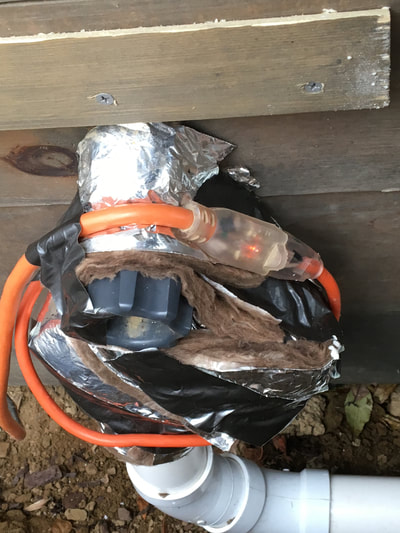
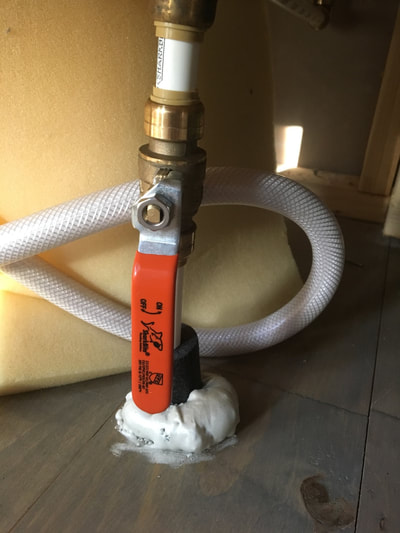
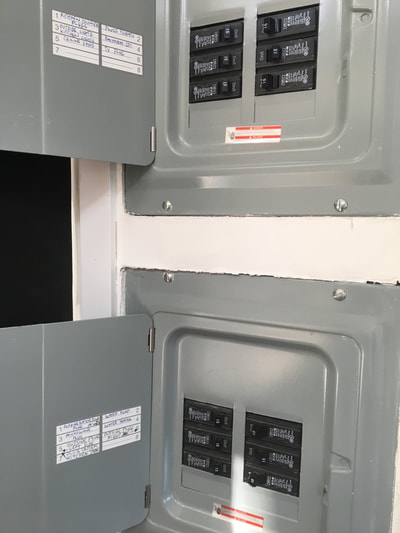
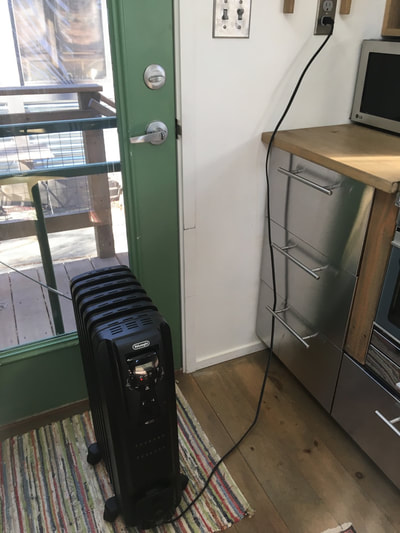
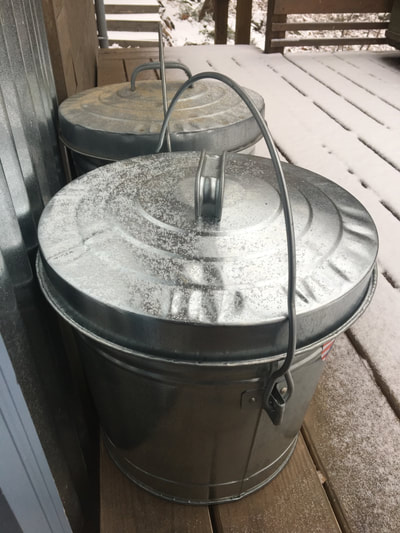
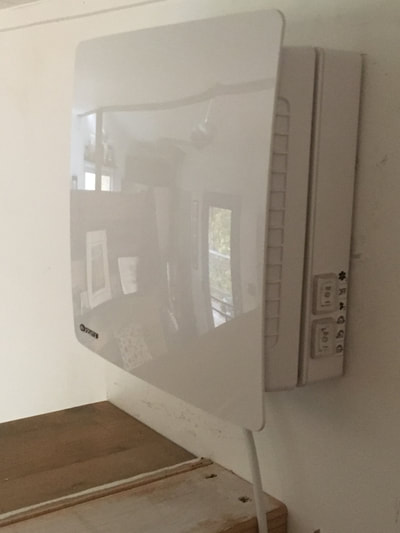
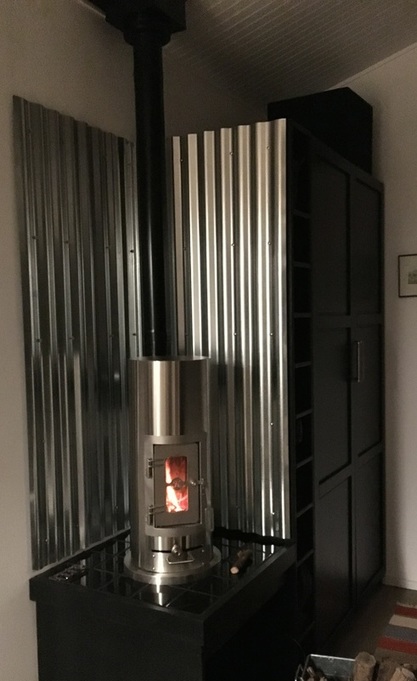

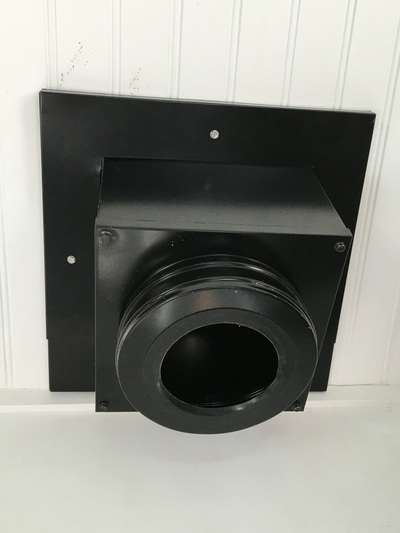

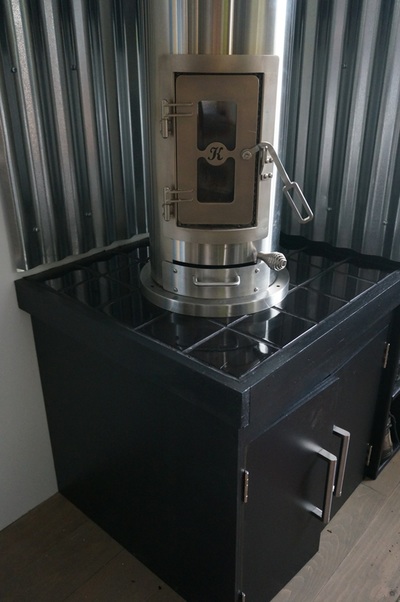
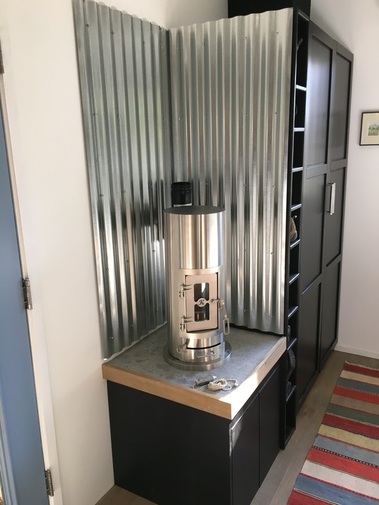
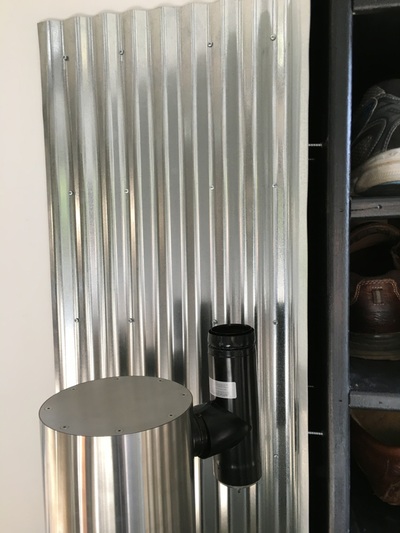
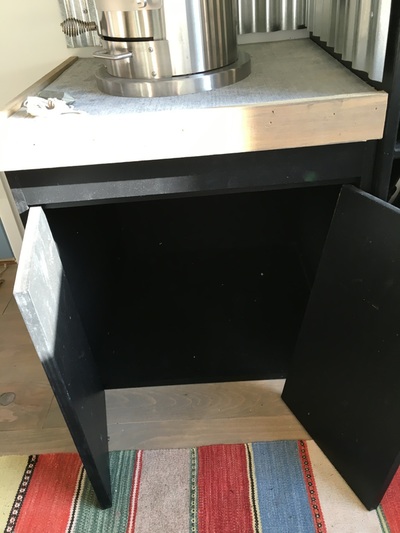
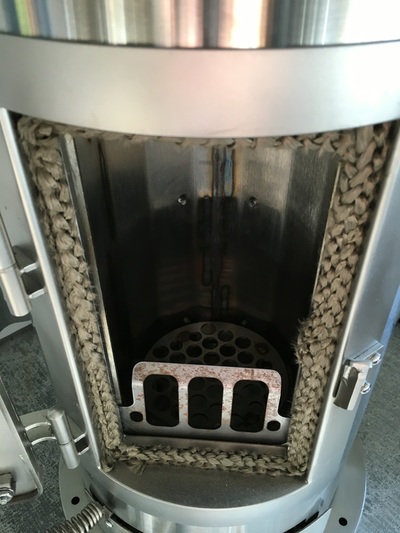
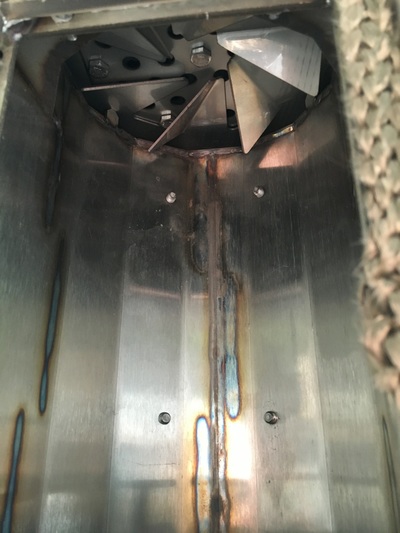
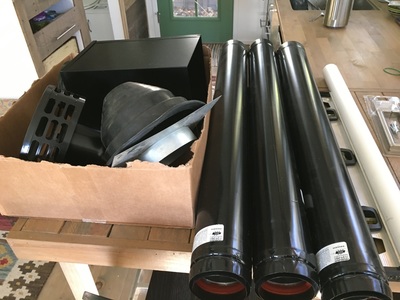
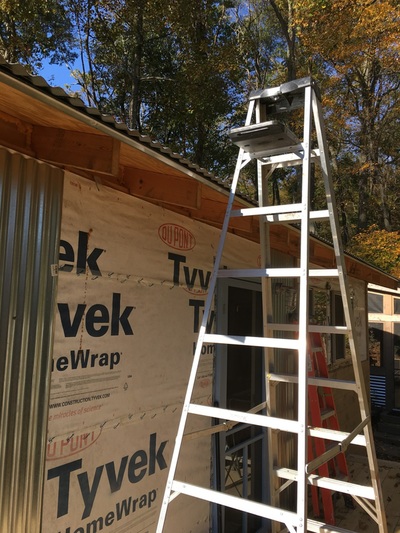
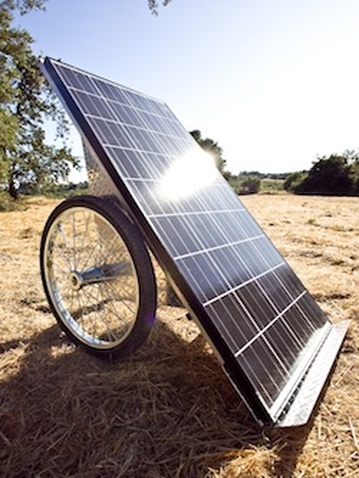
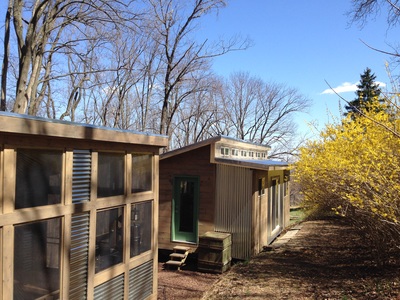
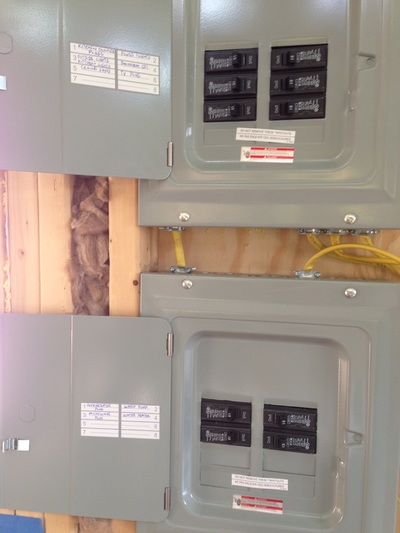
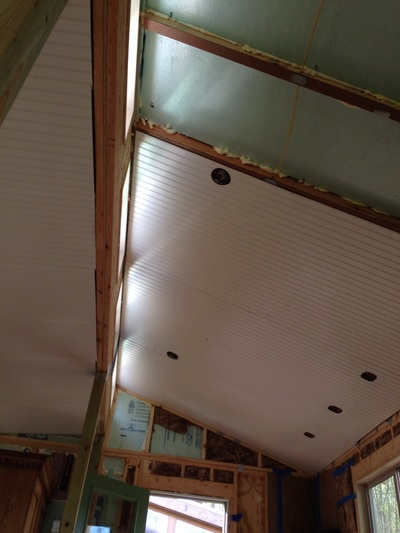
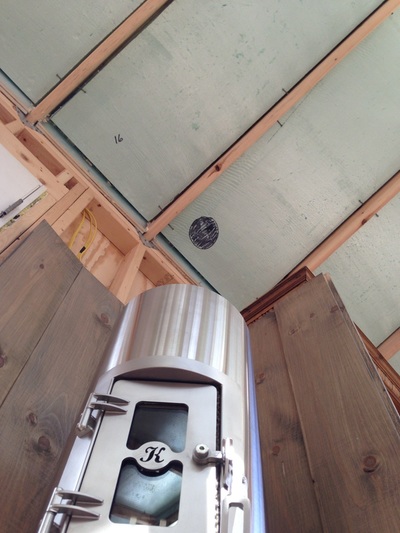
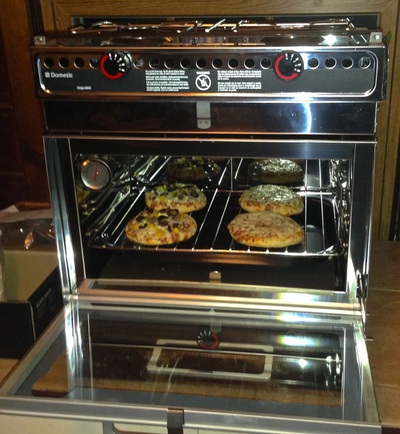
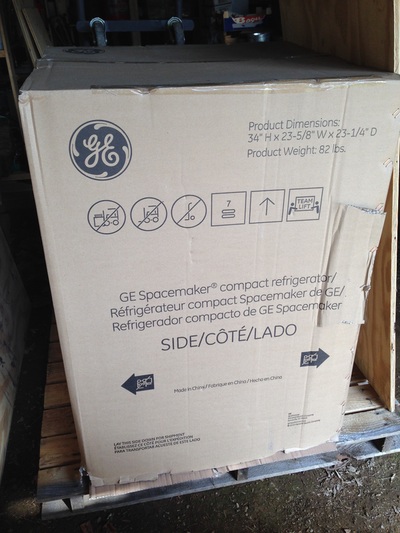
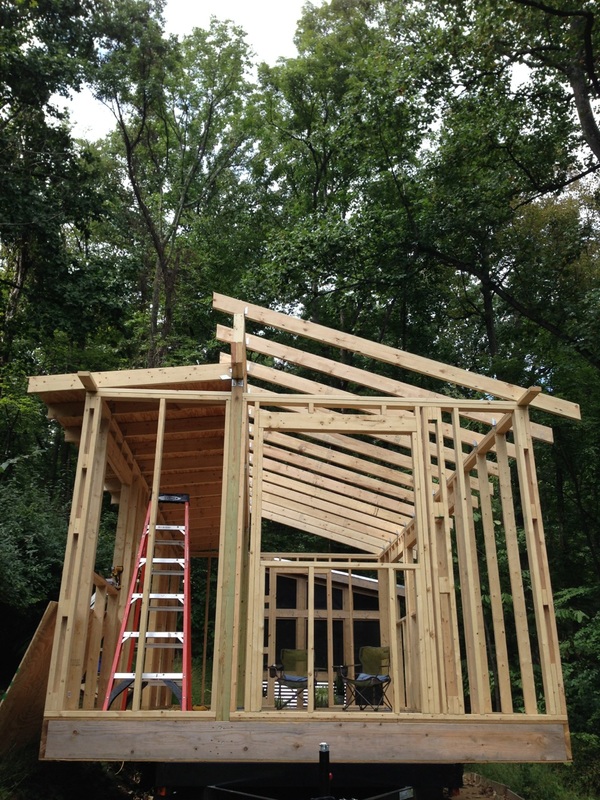
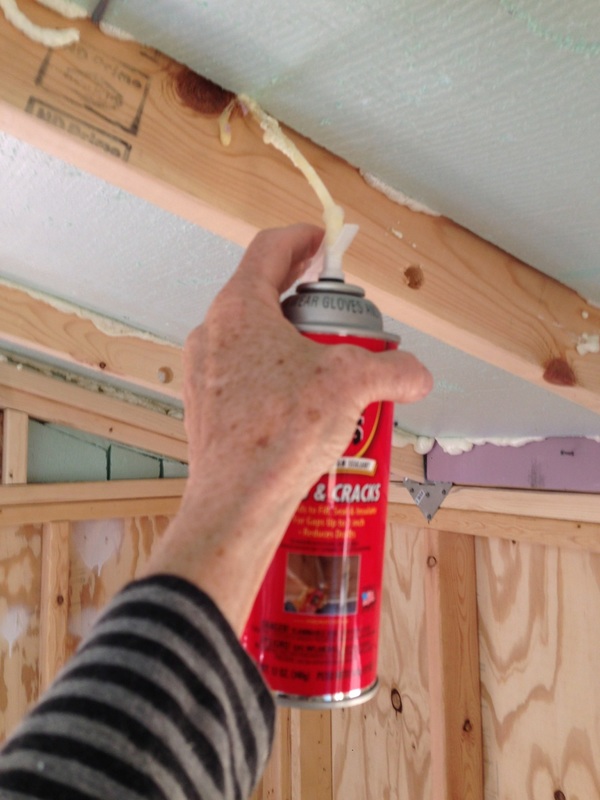
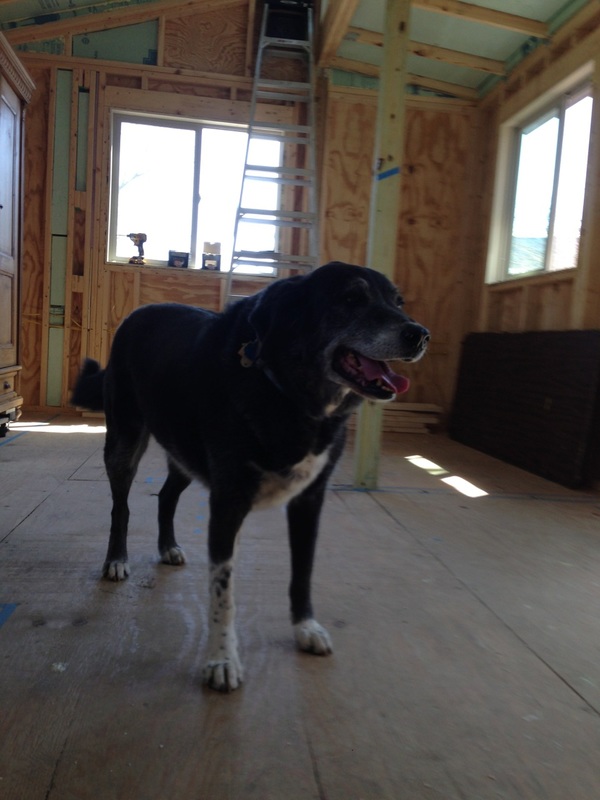
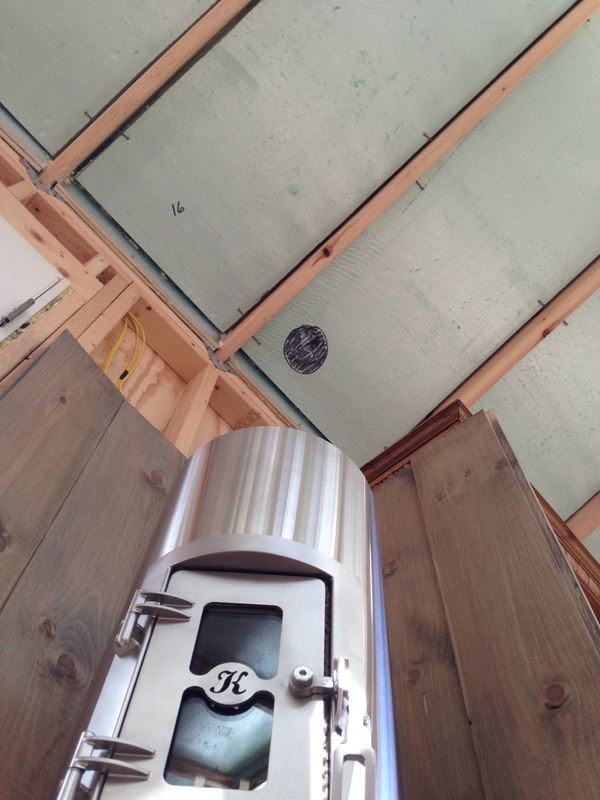
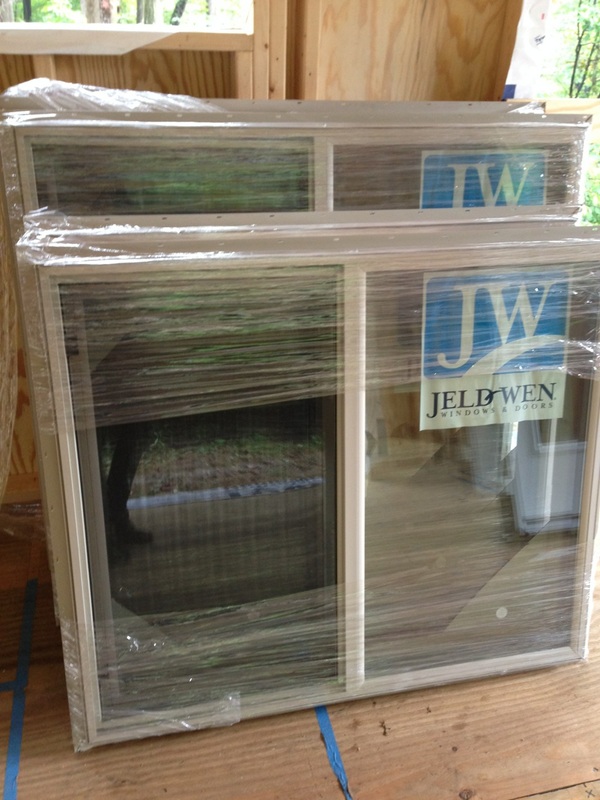
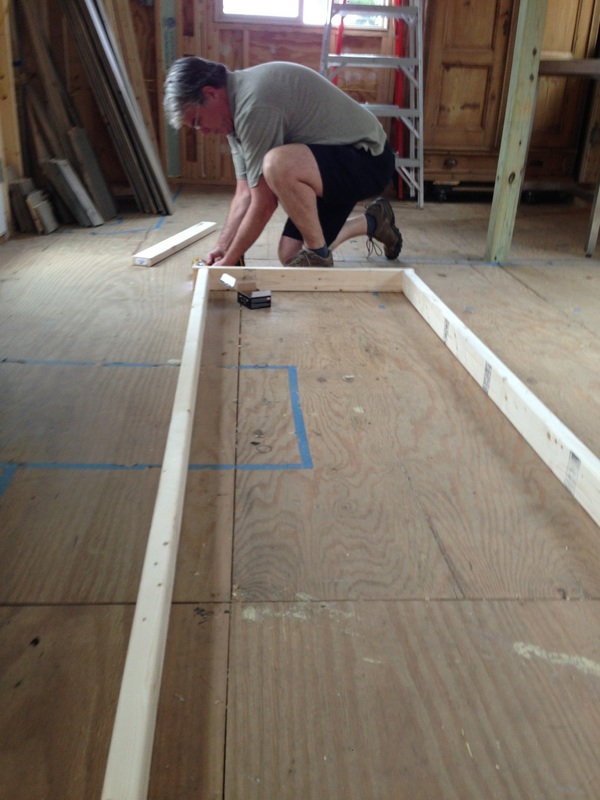
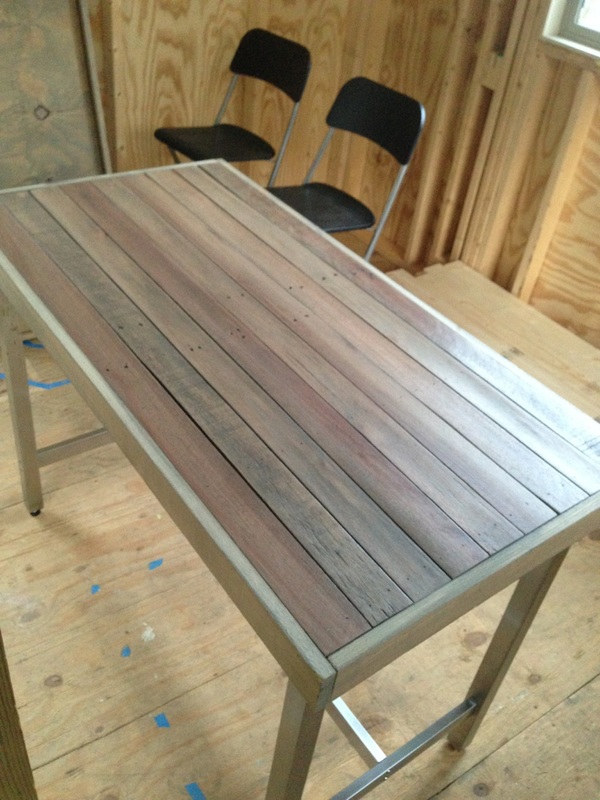
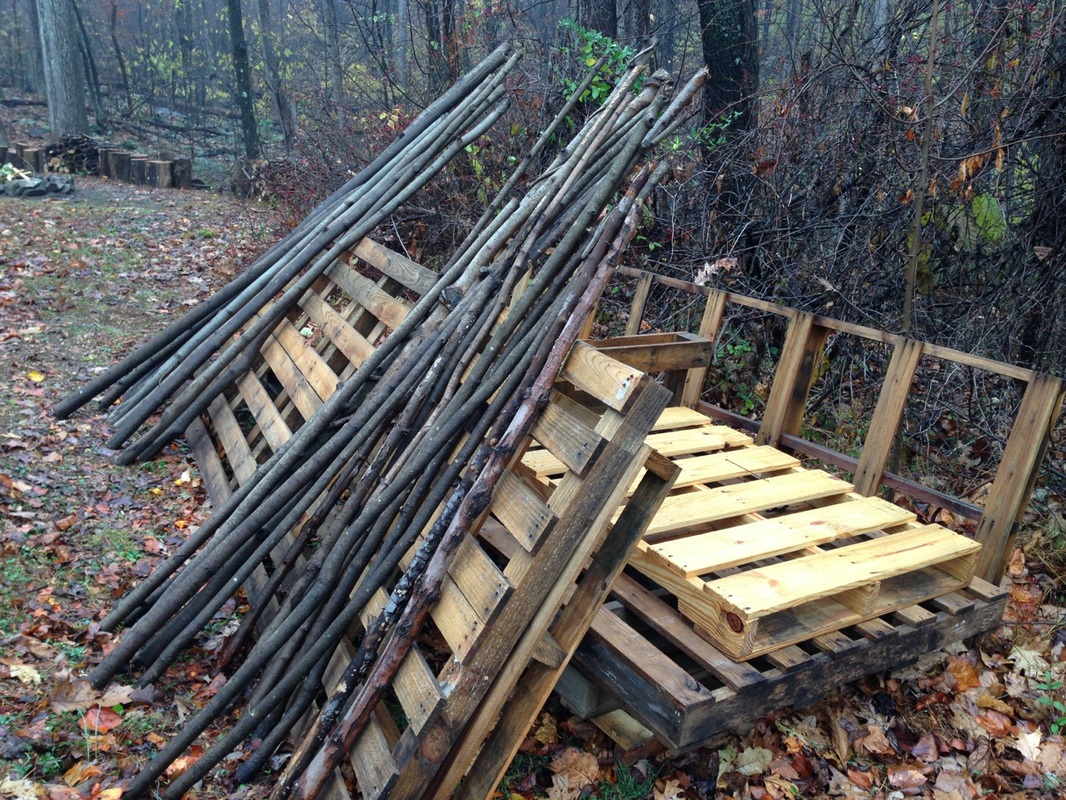
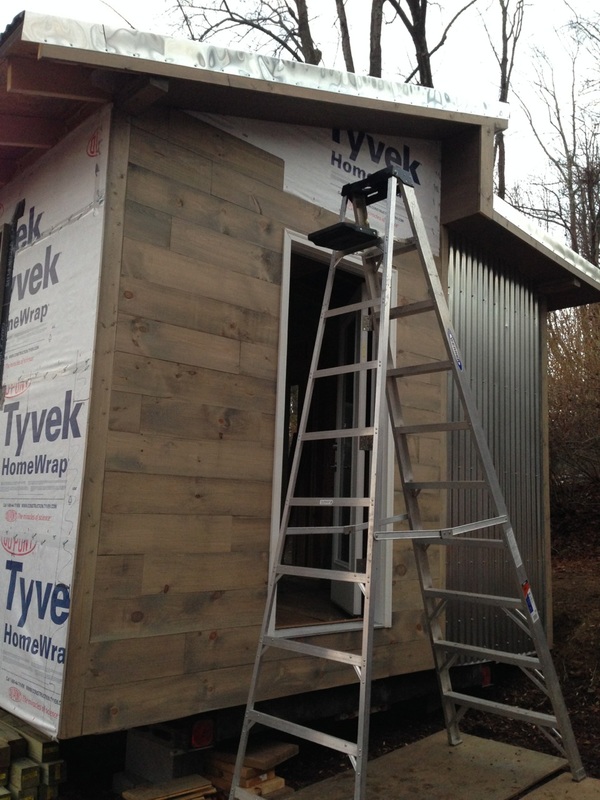
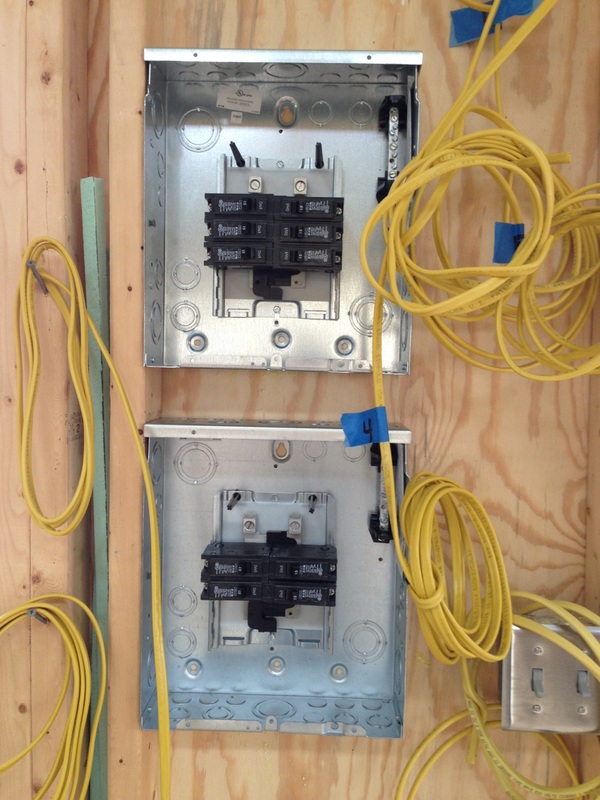
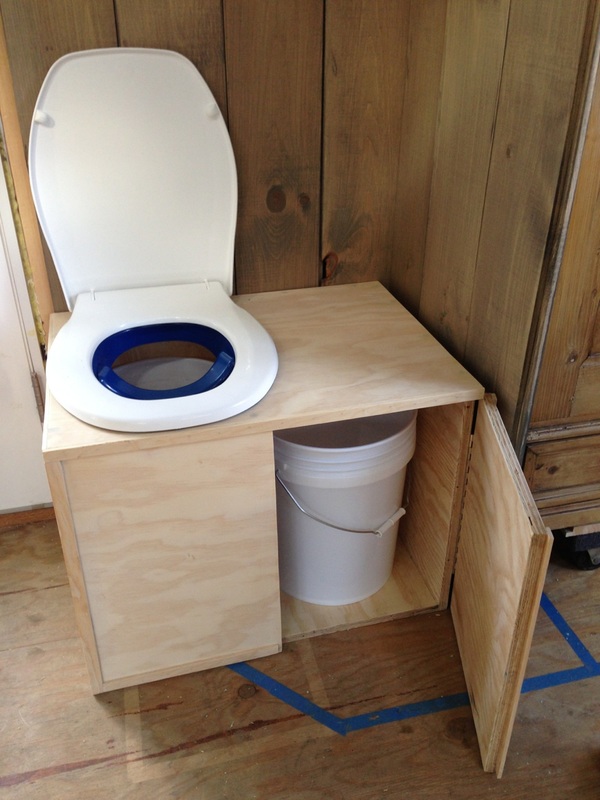
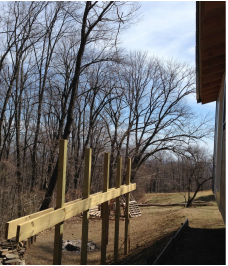
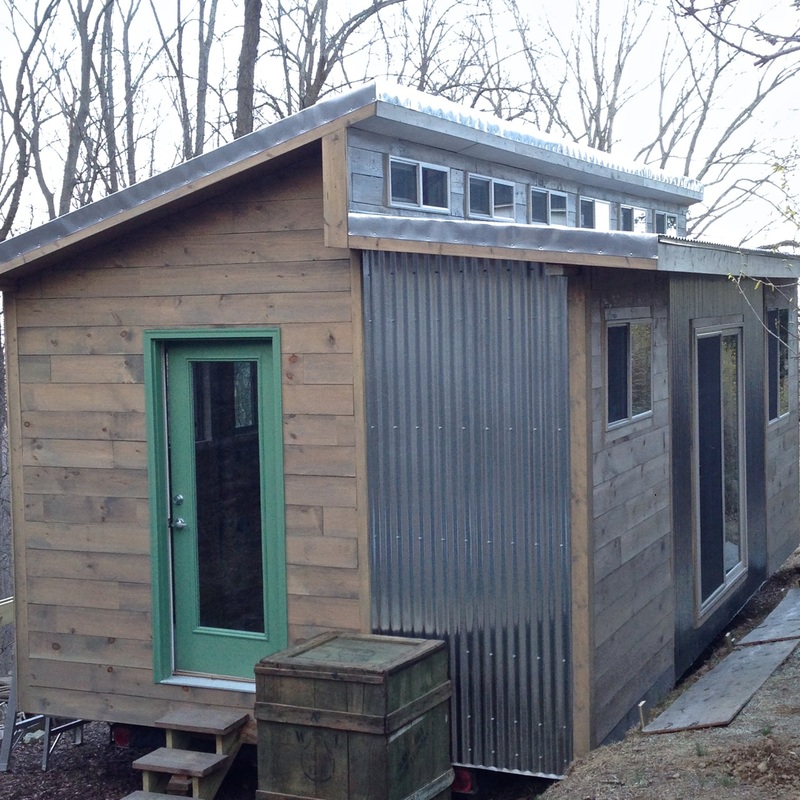
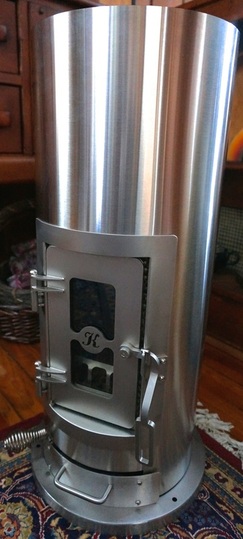
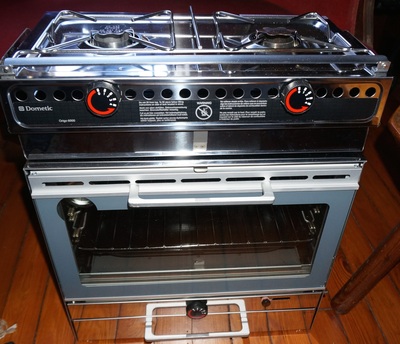

 RSS Feed
RSS Feed
